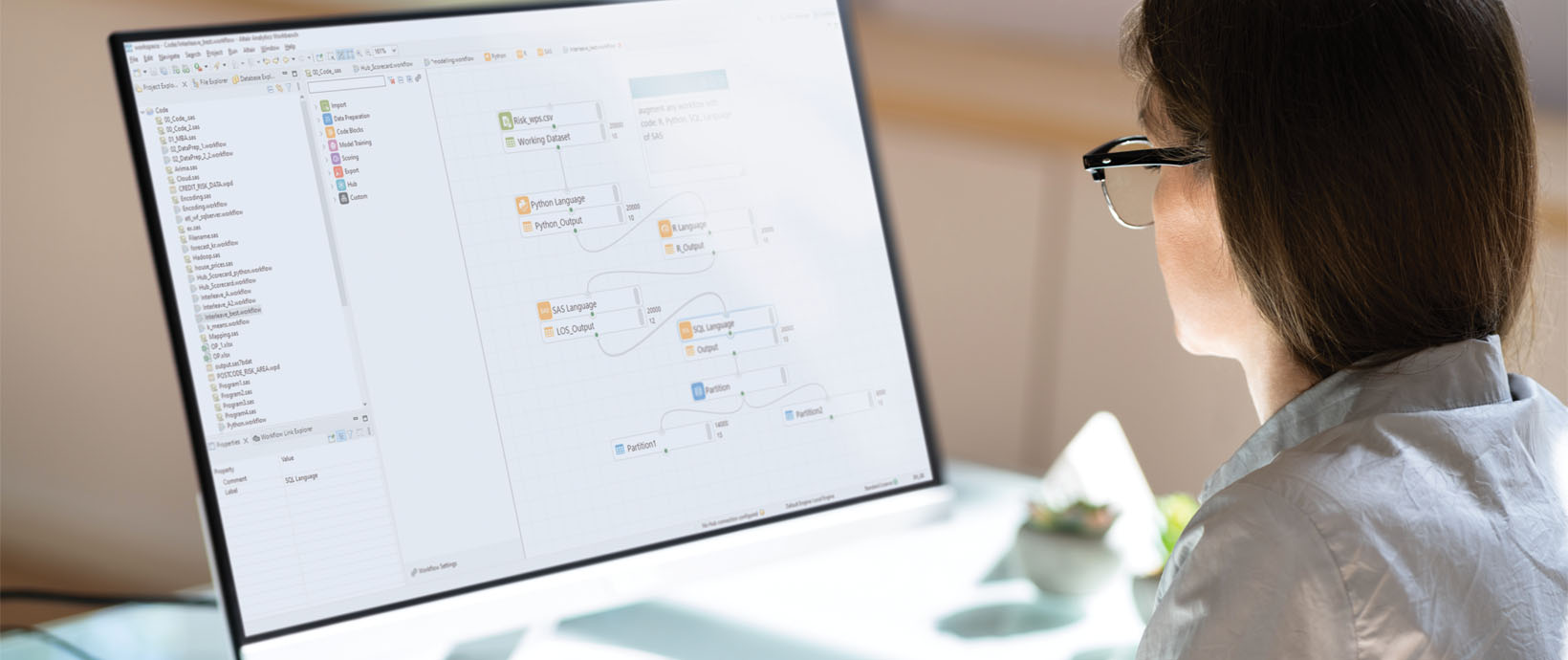A Future Without Traffic Jams or Hunting Down Parking
Founded in mid-2019 and based in Munich, Ottobahn is a start-up with 12 full-time mechanical, electrical, and software engineers. Its vision for the next level of mobility offers a future without traffic jams, queues, delays, or searching for a parking space. By avoiding the high costs associated with adding to underground infrastructures, Ottobahn is aiming high but keeping below eventual air mobility corridors. Its concept includes an overhead high-capacity rail system on which gondola-style pods can be hailed via a smart phone app to pick up and deliver passengers directly to their destination. The company’s autonomous, sustainable, and safe transport system is already gaining interest for urban environments and from property developers worldwide.
Compare concepts by fast and easy motion simulation
In addition to developing intelligent scheduling systems and associated software for the overall transport system, Ottobahn’s innovative concept also relies on the safe and successful integration between the civil engineers responsible for overhead tracks and support systems and the electro-mechanical engineers of the passenger pods.
Envisaging a wheeled train-like carriage structure, with the pod hung beneath which engages with a solid rail track, Ottobahn’s engineers needed a fast, reliable way to quickly compare various concepts without having to build, instrument, and test many different physical prototypes.
Access to simulation-driven product design the Altair start-up program
By leveraging the offers of the Altair Start-up program, Ottobahn received a local Altair expert consultation to explore a specific challenge. The Altair Start-up program is designed for high-tech startups like Ottobahn, spanning product development, high performance computing (HPC), and data analytics. The program’s product development focus takes a simulation-driven design approach to improve development efficiency and to fully optimize product performance.
Understanding multibody dynamic motion with simulation
Working to Ottobahn’s very strict time schedule of a few weeks, the team was tasked with identifying the best concept for the running gear to carry the pods along the network of overhead tracks. Altair’s technical support and consulting team created models for each of the four candidate concepts to simulate the motion of how each one performed when crossing a section where two rail tracks diverge. In the real-life system, track junctions or “points” in conventional rail systems enables pods to change tracks. Ottobahn’s innovative switch gear is pod-based, enabling closer pod proximity on the track. The transition must be safe and as smooth as possible to avoid passenger discomfort associated with speed changes, noise, and vibration.
By taking a multi-body dynamics (MBD) approach using Altair Inspire™, an easy-to-learn software solution, the dynamic motion feature enables complex multi-body mechanisms to be simulated to compare how each candidate concept performed when changing track. After just four short training sessions, Ottobahn’s engineers were running motion simulation and exploring “what if” scenarios to their original concepts with easy-to-implement changes to the component parts.
First results in seven days from kick-off
The first results were obtained in seven days from the project kick-off. Ottobahn had 3D models of four concepts, ran numerous kinematic simulations using Inspire’s motion feature, and identified the best candidate running gear for their pods.
Motion simulation of virtual prototypes gave complete, quantitative information about the kinematics virtually at a fraction of time and cost when compared with physical mock-ups and testing. The MBD approach now enables existing models to be easily expanded and refined for more in-depth studies, such as for structural analysis and topology optimization.
What’s next?
Continuing development through the end of 2021, Ottobahn is on track to launch a 1km circular demonstrator in the suburbs of Munich to prove its technology.




